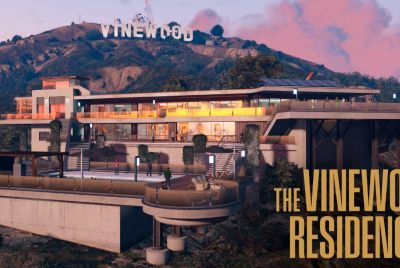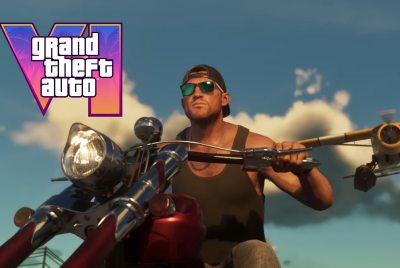Super Smash Bros and The Local Multiplayer Resurgence
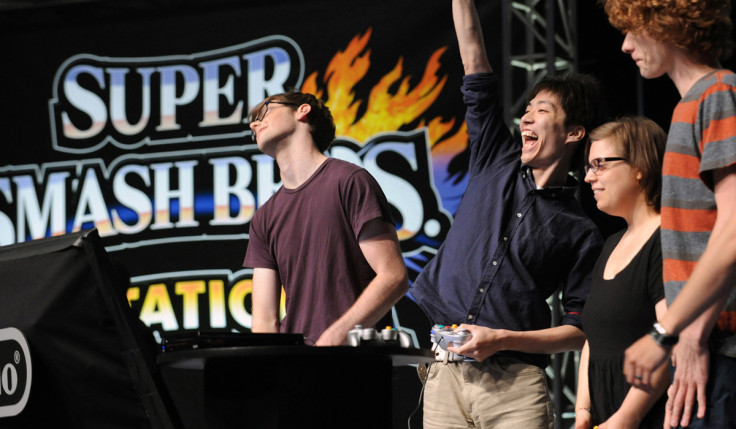
Allow me to put on my old man hat for a second and lament the loss of a better, more innocent age.
Before the internet turned multiplayer into a maelstrom of violent verbal imagery (probably involving your mum) gamers were once forced to share rooms with those they competed against.
Anyone with more than two decades under their belt probably has a fond memories of local multiplayer - marathon Mario Kart secessions, high-pressure winner-stays-on Street Fighter tournaments at the arcade, slappers-only Goldeneye – and win or lose those experiences formed the foundation on which a life-long passion was built.
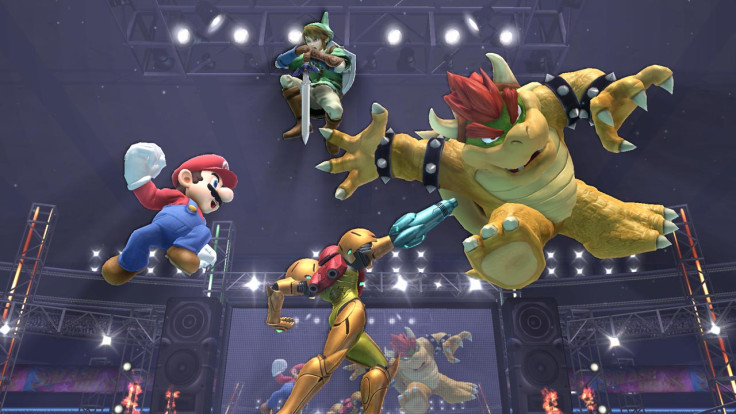
The internet changed this, distancing people and making multiplayer games more about presenting targets or opponents more intelligent than the developed AI, rather than reigning over a competitor whose tears you can see and savour.
Online multiplayer has existed for a long time on PC of course, but its dominance in game design really began with the advent of broadband and its subsequent growth in the console market. Microsoft's Xbox Live nailed it first, launching 12 years ago and finding success with Halo 2, but it really took off with the arrival of Xbox 360 and PlayStation 3.
Xbox Live remained king for years, its popularity growing thanks to Gears of War, Project Gotham Racing 2, further Halo titles and most successfully of all, Call of Duty 4: Modern Warfare. The rest is history, and the industry will never go back.
And this unfolded, split-screen play fell by the wayside, becoming a feature of just a handful of the same games – sports titles, fighting games and Nintendo favourites.
Nintendo has always championed local multiplayer, to the point that until recently its online functionality had been severely lacking. However this year it has released both Mario Kart 8 and Super Smash Bros, two games with substantial, well-made online multiplayer but developed with shared-screen multiplayer front and centre.
This was also the case with the most popular games on its world-conquering Wii console, but it never really extended far beyond Wii Sports, Mario Kart Wii and the emergent Just Dance series. It was a high point for local multiplayer this century, but it did not mark a return to the forefront of game design.
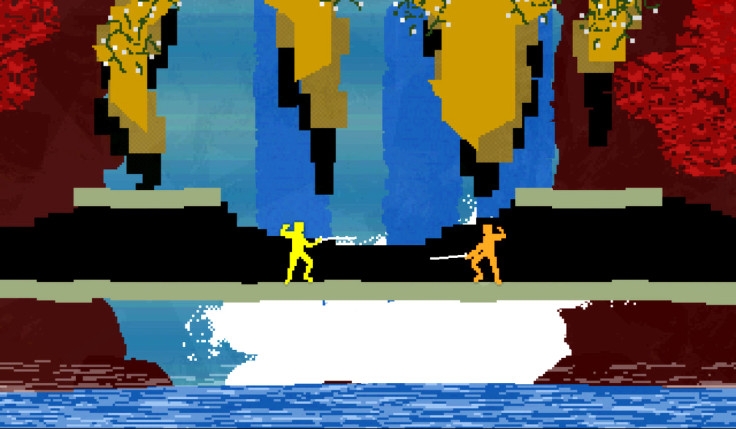
Sports titles and fighting games kept offline multiplayer alive on the other consoles over the years, so it never really went away. As online multiplayer grew however it became stagnant and reduced to a small subset of games it only recently broke free of.
This has happened thanks to new and exciting indie games capturing people's imaginations. Chaotic fighter TowerFall: Ascension, esoteric party title Sportsfriends, the sword-fighting insanity of Nidhogg and slapstick brawler Gang Beasts have showcased the best of what indie titles are bringing to the arena of local multiplayer.
E-sports have played their part too, taking online games and making them communal again – filling arenas and stadiums with people wanting to watch players who once competed online share a stage instead. That competitive aspect works best in live spaces, and the industry is coming back around to that idea.
For years it was the reason to own a home console, but recently many of the biggest games have plain ignored it. Multiplayer has changed completely since the days of Goldeneye, but at last the industry is starting to realise that local multiplayer is often as good as gaming gets.
© Copyright IBTimes 2025. All rights reserved.








